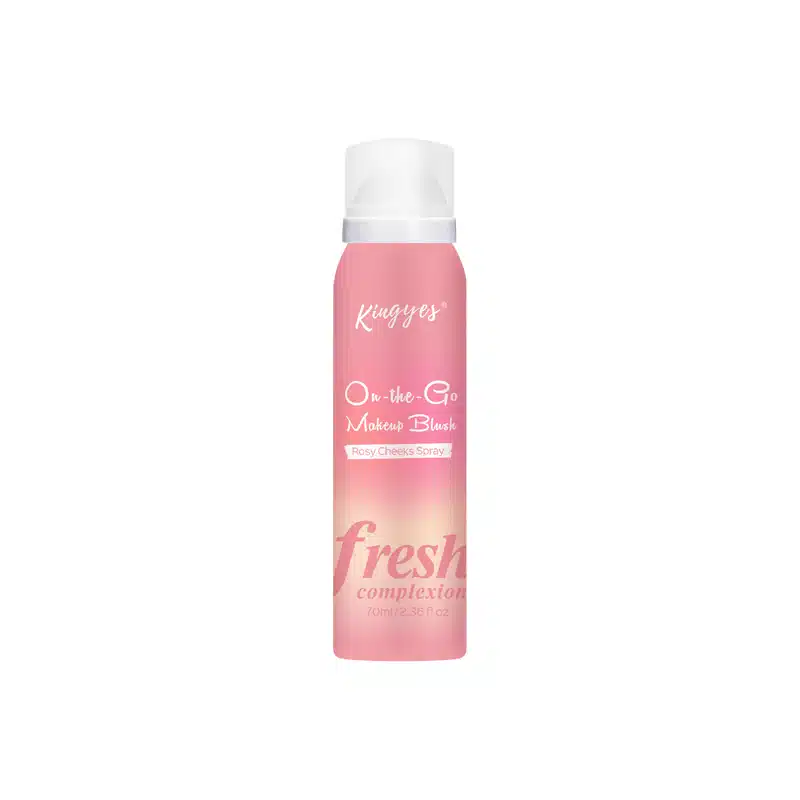1.jpg.webp)
Was ist die Regel beim Haarefärben?
Inhaltsübersicht
Grundregeln der Haarfärbung: Ein kompletter Leitfaden für perfekte Ergebnisse
Dieser umfassende Leitfaden erläutert die Wissenschaft, die Techniken und die grundlegenden Prinzipien, die hinter einer erfolgreichen Haarfärbung stehen, und hilft Ihnen, häufige Fallstricke zu vermeiden und Ihr gewünschtes Ergebnis zu erzielen. Haarfarbe Umwandlung.
Die Farbtheorie verstehen: Die Grundlage der Haarfärbung
Die Farbtheorie bildet das Rückgrat einer erfolgreichen Haarfärbung. Das Farbrad dient Ihnen als Fahrplan:
- Primärfarben: Rot, Blau, Gelb
- Sekundäre Farben: Grün, Orange, Lila
- Tertiärfarben: Kombinationen aus Primär- und Sekundärfarben
Das Wissen um Komplementärfarben hilft, unerwünschte Töne zu neutralisieren. Zum Beispiel hebt Violett Gelb auf, während Grün Rot neutralisiert.
Was sind die verschiedenen Arten von Haarfärbemitteln?
Haarfärbemittel gibt es in verschiedenen Formulierungen:
Dauerhafte Farbe:
- Dringt in den Haarschaft ein
- Bietet eine vollständige Grauabdeckung
- Hält an, bis die Haare auswachsen
Semi-permanent:
- Beschichtet die Haaroberfläche
- Verblasst allmählich
- Kein Ammoniak
Demi-permanent:
- Durchdringt teilweise die Kutikula
- Mäßige Grauabdeckung
- Weniger Schaden als dauerhaft
Die Wissenschaft hinter der Formulierung von Haarfarben
Die Formulierung von Haarfarben beinhaltet eine komplexe Chemie:
| Komponente | Zweck | Allgemeine Typen |
|---|---|---|
| Entwickler | Oxidationsmittel | 10, 20, 30, 40 Volumen |
| Pigmente | Farbmoleküle | Direkt, oxidativ |
| Alkalisierungsmittel | Öffnet die Nagelhaut | Ammoniak, MEA |
Wie wirkt sich die natürliche Haarfarbe auf den Prozess aus?
Ihr natürliches Haarfarbe beeinflusst den Färbeprozess erheblich:
- Stufe 1-5: Dunkelbraun bis schwarz
- Stufe 6-7: Mittelbraun
- Stufe 8-10: Hellbraun bis blond
Dunkleres Haar erfordert mehr Bearbeitung, um es aufzuhellen, während helleres Haar die Farbe leichter annimmt.
Wesentliche Schritte und Tests vor dem Einfärben
Vor der Anwendung eines Haarfarbe:
- Durchführen eines Hauttests
- Zustand der Haare beurteilen
- Gesundheit der Kopfhaut prüfen
- Bestimmen Sie das aktuelle Niveau
- Wählen Sie einen geeigneten Entwickler
Professionelle Tipps für die Farbanwendung
Expertentipps von erfahrenen Coloristen:
- Haare richtig schneiden
- Farbe zuerst auf die Wurzeln auftragen
- Konsistentes Timing beibehalten
- Geeignete Werkzeuge verwenden
- Verarbeitung sorgfältig überwachen
Häufige Fehler beim Färben der Haare zu vermeiden
Zu den häufigen Fallstricken gehören:
- Überspringen von Strangtests
- Verwendung der falschen Entwicklerstärke
- Schlechte Schnitttechnik
- Inkonsistente Anwendung
- Unzureichende Bearbeitungszeit
Wie pflegt man gefärbtes Haar?
Eine ordnungsgemäße Wartung gewährleistet Langlebigkeit:
- Farbsichere Produkte verwenden
- Vermeiden Sie Hitzestyling
- Regelmäßige Tiefenkonditionierung
- UV-Schutz
- Richtige Waschtechnik
Die Rolle des Fachwissens
Wann Sie professionelle Hilfe in Anspruch nehmen sollten:
- Größere Farbveränderungen
- Farbkorrektur
- Komplexe Techniken
- High-Lift-Verfahren
- Bleiche Dienstleistungen
FAQs
Wie oft sollte ich mein Haar färben?
Alle 4-6 Wochen für eine Wurzelauffrischung oder 8-10 Wochen für eine Volltonfärbung.
Was ist der sicherste Weg, dunkles Haar aufzuhellen?
Allmähliche Aufhellung über mehrere Sitzungen unter Verwendung geeigneter Entwicklerstärken.
Kann ich mein Haar färben, wenn ich empfindliche Kopfhaut habe?
Führen Sie einen Patch-Test durch und erwägen Sie die Verwendung sanfter, ammoniakfreier Formulierungen.
Wie wähle ich das richtige Entwicklungsvolumen?
Wählen Sie je nach gewünschtem Lifting: 10 Volumen für nur Ablagerung, 20 für 1-2 Stufen, 30 für 2-3 Stufen.
Was sollte ich tun, wenn meine Farbe zu dunkel wird?
Warten Sie 48 Stunden, bevor Sie eine Farbkorrektur vornehmen, am besten mit professioneller Hilfe.
Wichtige Punkte zur Erinnerung
- Stets Patch- und Litzentests durchführen
- Verstehen Sie Ihr natürliches Niveau und das gewünschte Ergebnis
- Geeignete Entwicklerstärke wählen
- Bearbeitungszeiten genau einhalten
- Richtige Schnitttechniken anwenden
- Regelmäßige Wartungsarbeiten durchführen
- Halten Sie Ihr Haar zwischen den Färbungen gesund
- Dokumentieren Sie Ihre Farbrezepturen
- Ziehen Sie bei größeren Veränderungen professionelle Hilfe in Betracht
- Mischen Sie niemals verschiedene Marken von Farbe
Denken Sie daran, dass erfolgreiches Färben der Haare Wissen, Geduld und Liebe zum Detail erfordert. Egal, ob Sie ein professioneller Färber sind oder zu Hause färben - wenn Sie diese grundlegenden Regeln befolgen, erzielen Sie schöne, dauerhafte Ergebnisse.
Kommentare

Wie lange hält eine permanente Haarfarbe?
Haben Sie sich schon einmal die Haare gefärbt und sich gefragt, wie lange ein permanentes Haarfärbemittel hält?

Kann ich Highlighter im ganzen Gesicht auftragen?
Haben Sie sich jemals gefragt, ob Sie Highlighter im ganzen Gesicht auftragen können, um ein strahlendes Aussehen zu erzielen?

Was sind die Vor- und Nachteile von Trockenshampoo?
Haben Sie sich jemals gefragt, ob Trockenshampoo gut oder schlecht für Ihr Haar ist?

Wie verkauft man Kosmetika auf Facebook?
Dieser Artikel bietet einen umfassenden Leitfaden für den effektiven Online-Verkauf von Schönheitsprodukten über Facebook.

Wie verkauft man Kosmetika bei Carrefour?
Carrefour, eine der größten Supermarktketten der Welt, bietet mehr als nur Lebensmittel.
- +86 151 1839 7303
- [email protected]
- Mo-So 07:00-23:00
Tags

How to Choose a Reliable Cosmetic OEM Manufacturer in China?
If you want to develop a spray it is ESSENTIAL to find a manufacturer, with expertise in this area.
You possess a concept.
Step 4: Comprehend the Rules to Your Property.

Forest-scented antiperspirant02
Floral scented antiperspirant02.
Fruit-flavored antiperspirant02.

Hair Brush Comb Anti-Static Relaxing Scalp Massage4
Speeding Hair Style Hold Spray 1.
Neck Duster Brush 57.
Hair removal cream0944.






